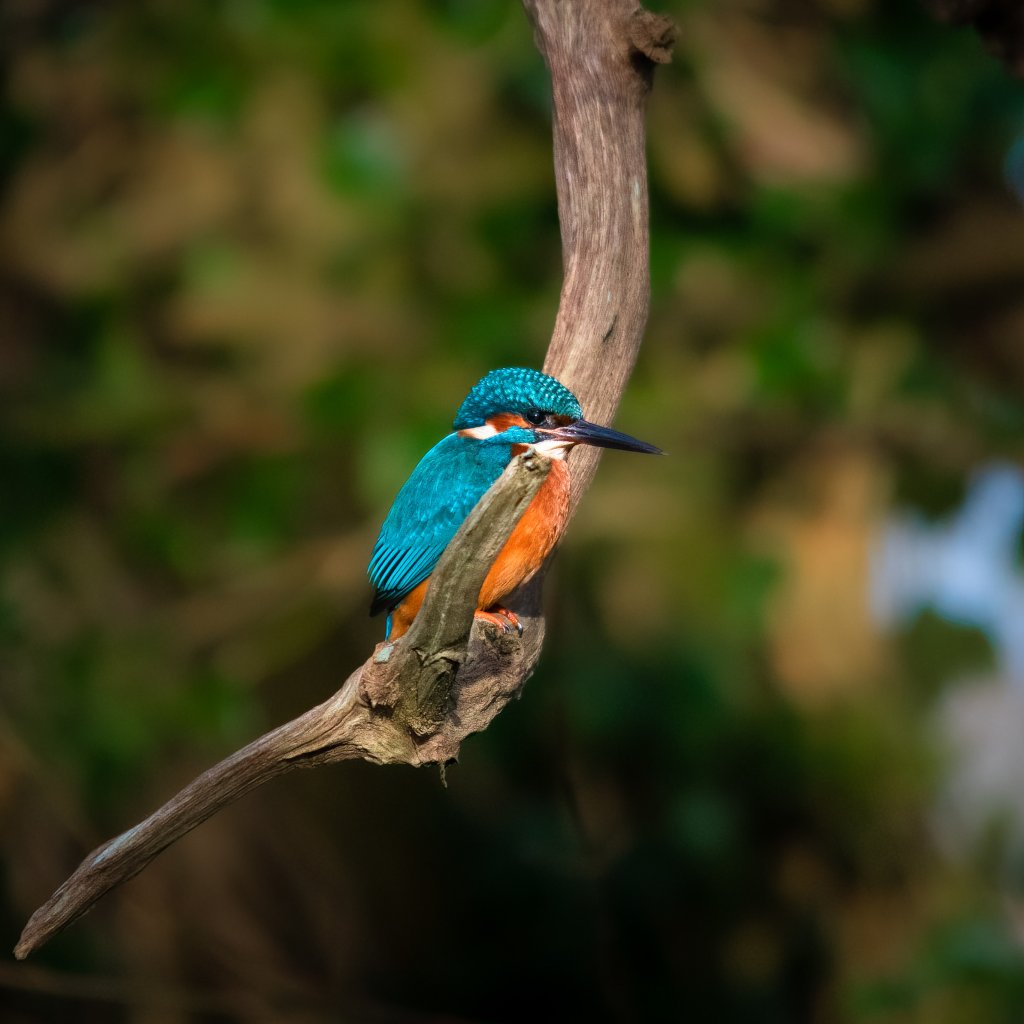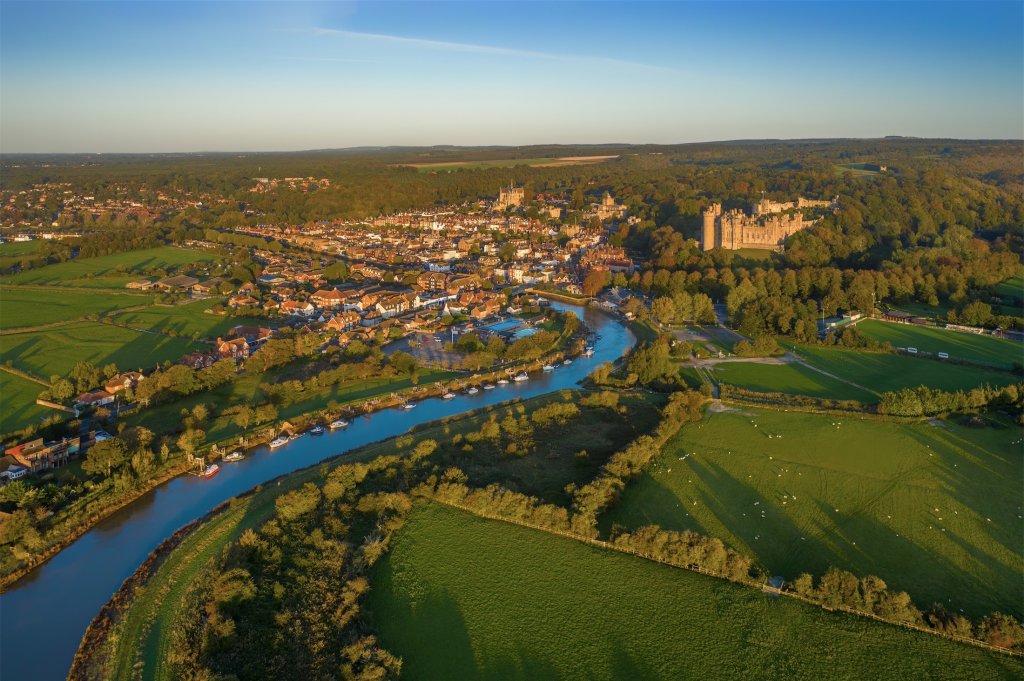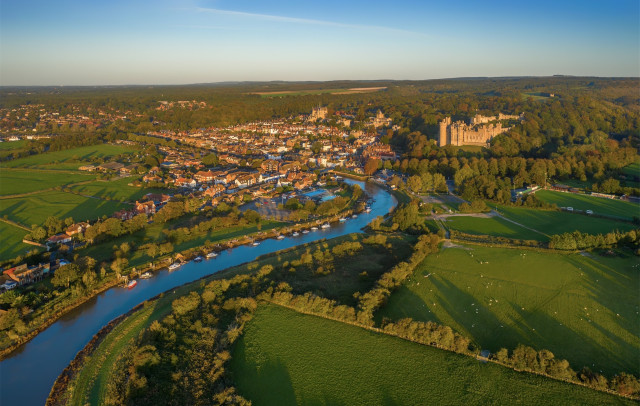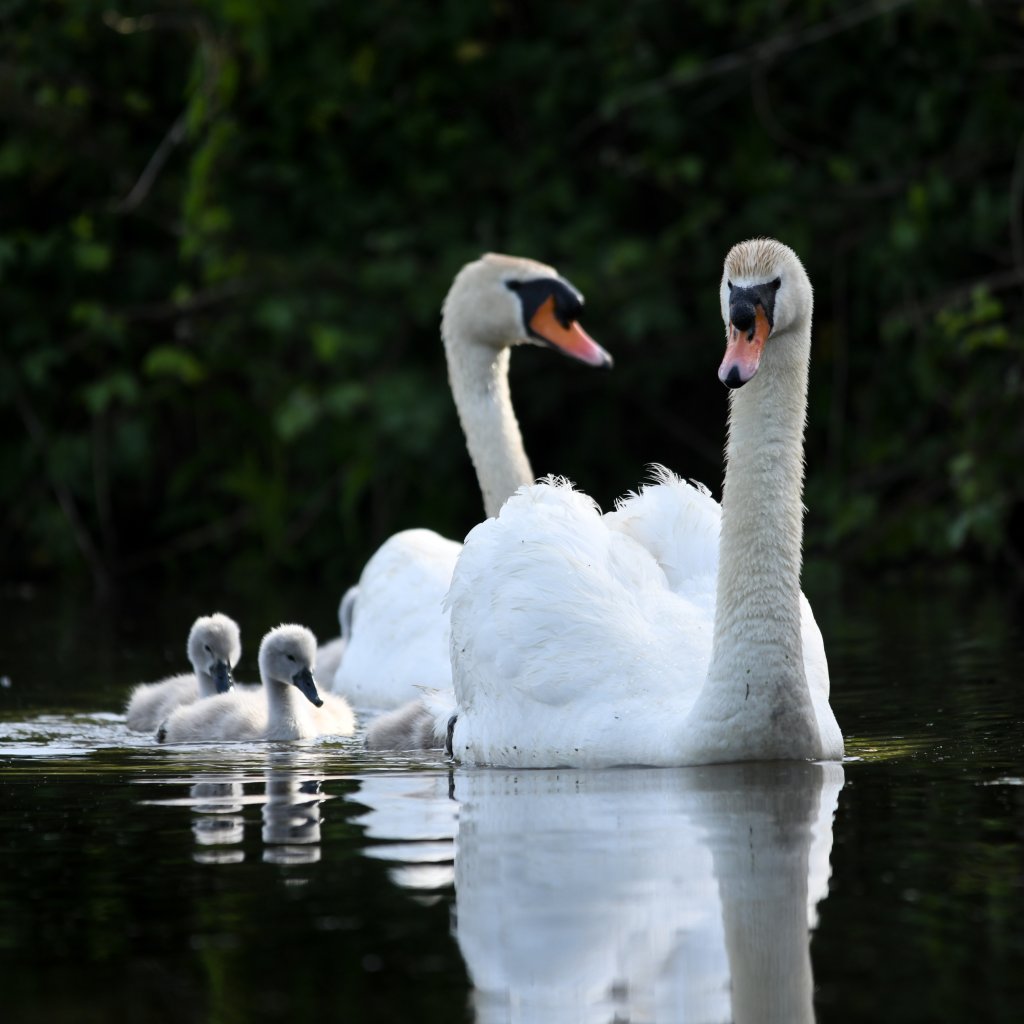The River Arun: Once a bustling cargo route, now a precious habitat for all.
Meandering across the Sussex countryside; reeded banks providing a haven for a multitude of creatures; fast flowing waters offering the opportunity for boating or kayaking - the River Arun is home to a wealth of wildlife.
Winding its way through rolling English countryside, the River Arun is the longest river (60 kms) to sit entirely within Sussex. Starting in St Leonards Forest as a series of small streams called ghylls (or gills), the Arun runs, for a short time, eastwards to Horsham, but its main section runs southwards through the South Downs National Park to its mouth at Littlehampton where it flows into the English Channel.
A walk along the banks of the Arun can be a feast for the eyes with a number of bird species including swans, gulls, terns, egrets, kingfishers and ducks joining otters, water voles and a host of amphibians and fish, to make this stunning river their home.

Labelled one of the fastest flowing rivers in England, the Arun is also tidal up to Pallingham Quay near Wisborough Green - 41 kms upstream from the sea. Once known as the ‘Trisantonis’ in Roman times, roughly translating to ‘the wanderer’ probably due to the river meandering across the landscape, the Arun was once used to transport goods by boat.
Much of the industry witnessed on the Arun was the transportation of chalk and lime from Amberley Chalk Pits, as well as coal and agricultural produce. This would have been transported by river boats all the way to Littlehampton quay to be transferred to coastal vessels for transit across the sea, or along the coast.
Arundel, with its impressive castle, is the main town on the river. Up until the 1800s there was still a lot of shipping going to and from this picturesque port town, with imports including playing cards, glass, wrought iron, tombstones and wines from France and Spain.

In the Lower Arun you’ll find an important wetland site – the freshwater wetlands at Pulborough, Amberley and Waltham Brooks. This area is rich in native flora, marshes, ditches, lowland bog, and invertebrates including the rare Ramshorn snail. A plethora of wildfowl and wading birds flock here in the winter, including Bewick swans. All year round there are a variety of birds to spot so definitely pack your binoculars if you’re heading here for a summer stroll.
In the upper reaches of the Arun near Horsham, the river played an important role in the iron industry from 1540 to around 1630. Hammer ponds were made by damming the river to form ponds to cool molten iron, while diverted streams from these ponds were used to drive water wheels for bellows and forging hammers.
It’s funny to think of the River Arun being used in these ways, whereas today we see it more as a place for leisure, with boating, kayaking and paddle boarding all taking place on certain sections, and lots of people enjoying walks along the riverbanks to escape the hustle and bustle.
With sewage and pollution washing into the river water, it’s important that we all do our part to help protect this precious place, which not only provides a habitat for many animals, but is also a vital source of water for local communities.

